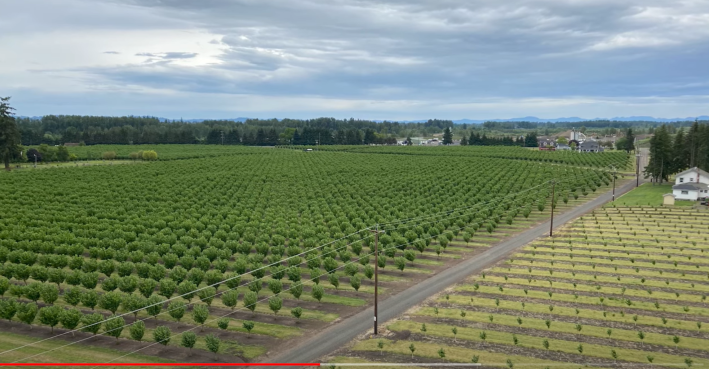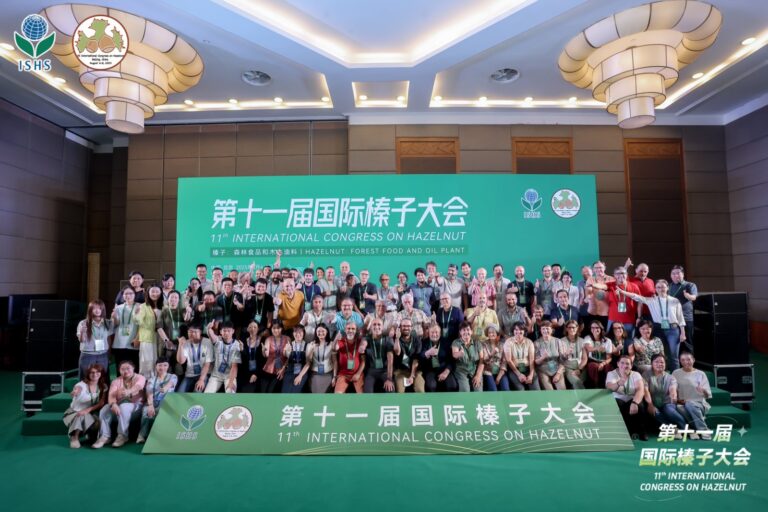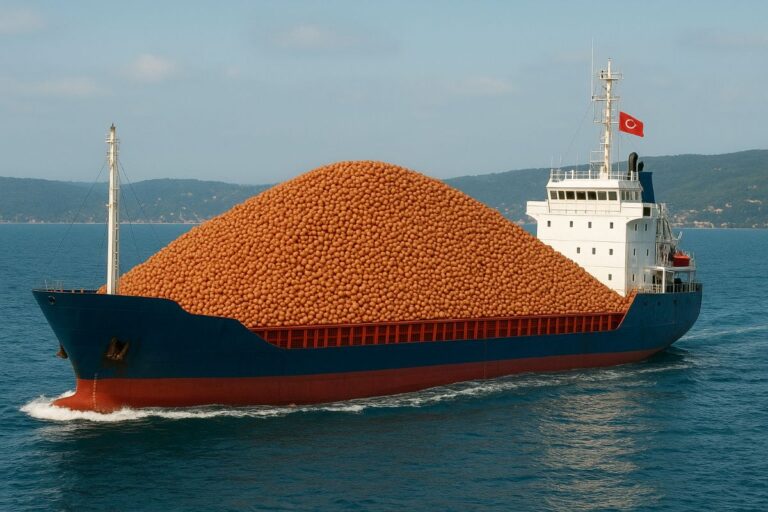Oregon hazelnut growers face small crop, lower prices
Differing opinions on hazelnut market conditions foreshadow turbulence as Oregon growers begin harvesting the 2017 crop.
Oregon’s hazelnut industry appears headed for turbulence as harvest begins, with domestic production projected to drop while global factors may weigh down prices.
Meanwhile, packers and growers haven’t been able to agree on an initial price for the crop, potentially requiring them to undergo mediation and arbitration.
Hazelnut production in Oregon — the foremost domestic producer — is forecast to be 36,000 tons in 2017, down 18 percent from last year, according to USDA’s National Agricultural Statistics Service.
Meanwhile, the global hazelnut crop is expected to increase 15 percent over 2016, said Terry Ross, executive director of the Hazelnut Growers Bargaining Association, which negotiates with packers on behalf of growers.
“There’s downward pressure on the kernel market,” he said.
The Chinese New Year, a major holiday for in-shell hazelnut consumption, will begin late next year in mid-February, allowing buyers in China to procrastinate with their purchases, Ross said.
Generally, such delayed buying doesn’t bode well for strong in-shell hazelnut prices, he said.
Another unknown is how much increased Chinese hazelnut production will affect its appetite for Oregon’s crop, Ross said. “We don’t how big of an impact that’s going to have.”
Conflicting views about supply and demand in the hazelnut market have stalled efforts among growers and packers to agree on an initial price, Ross said.
Unless the deadlock is soon broken, it’s likely the parties will enter into mediation, he said. If that process fails, they’ll present their evidence to an arbitrator who will then determine the price.
The current impasse is “very unusual” in Oregon’s hazelnut industry, which hasn’t been forced to enter mediation or arbitration for roughly 35 to 40 years, Ross said.
“It could prolong (arriving at an initial price) by two weeks to a month, maybe more,” he said.
The diverging opinions on hazelnut market conditions could be due to some packers having more inventory leftover from last year than normal, said Jeff Fox, CEO of the Hazelnut Growers of Oregon cooperative.
Last year, packers paid an initial price of $1.18 per pound of hazelnuts, and the final price ended up at $1.24 per pound.
Fox said he expected a similar initial price in 2017 but some packers are proposing a per-pound price in the range of 90 cents.
“We haven’t seen those kinds of prices in about six years,” he said.
Due to the large kernel crop in Turkey, the world’s predominant hazelnut grower, a price reduction would help domestic packers to be more globally competitive, he said.
The push for a lower price is unfortunate, though, since rising prices have inspired Oregon farmers to invest heavily in planting more hazelnut trees recently, Fox said.
“I was really happy with that trend and would like to see that continue,” he said.
As for the 18 percent decrease in Oregon’s hazelnut production, farmers attribute the change to “our normal ups and downs,” said Jeff Newton, a grower near Amity, Ore.
Growth was hindered in spring by cold, wet weather, which impaired flower retention and slowed the development of nuts, he said.
Periods of high heat during summer caused moisture stress, which also brought yields down, said Bruce Chapin, a farmer near Salem, Ore.
A “blow up” of Eastern Filbert Blight, a fungal disease, two years ago prompted heavy pruning in hazelnut orchards, which has temporarily lowered production as well, he said.
Despite the expansion of hazelnut orchards in recent years, those young trees aren’t yet mature enough to substantially affect Oregon’s overall production, Chapin said.
It’s probably going to take another couple years before the impact of new plantings is significantly felt, Chapin said. “We haven’t yet seen a big increase, obviously.”
Published on September 26, 2017
Copyright: capitalpress.com






